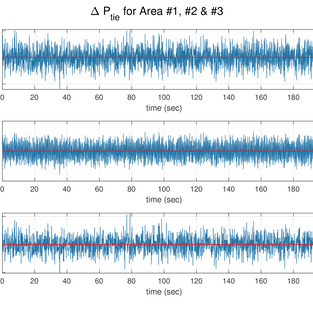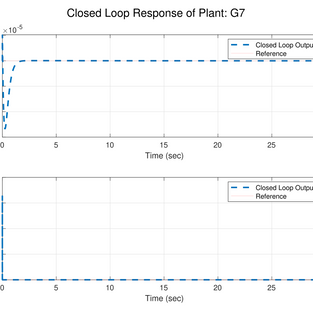MODEL-BASED APPROACH TO LOAD FREQUENCY CONTROL IN MULTI-AREA SYSTEM
- Nanda kishor PANDA

- Mar 16, 2020
- 2 min read

With the ever-increasing demand for electricity, managing the equilibrium between power demand and supply has become a real challenge. To add to the complexity of the issue, the growing contribution of distributed generations comprising of renewable energy sources are making the whole scenario even worse. A 57% rise in the global electricity demand from the current demand can be seen by 2050.
Multi-Area electrical networks have proved to be the best approach to combat the ever-increasing complexities of the electrical power system. Presently the whole electrical grid for countries like India, USA, China or a group of countries like the European Union is divided into two or more regions based on demography and energy usage, where each region can comprise of several power generations (centralised as well as distributed) and loads. In multi-area systems, each region is responsible for maintaining the supply-demand of power in its area. In other words, each region has to maintain the region's frequency deviation from system frequency as close as possible to zero. Also, the power deviations in the tie lines should be as minimal as possible from the nominal power value. Although all the regions interconnect through synchronous power tie lines, at any given point of time the frequency of individual regions differ in a minimal amount from each other due to some amount of power deviation in the tie lines.
This particular project tackles the model-based control approach towards designing and implementation of primary frequency response in a multi-area network. The test system for this project comprises of three areas (as shown below) each are having a combination of hydro, wind and thermal generations, connected to a central region through individual power tie-lines. Certain disturbances are introduced in the system to make the whole system more realistic.

By design of suitable controllers using model-based techniques, the frequency and tie-line power deviation is made as small as possible. The deviation of frequency for hydroelectric plants are zero, whereas the maximum deviation of frequency for the thermal power plants are below 10 Hz at any given time. Similarly, the power deviations in the tie line were minimal.
The detailed technical report for the control strategies and implementation can is available here.
Disclaimer: This project is done by me as a requirement for the course- "5SMA0: Model-Based Control", which I took during my master's education at the Eindhoven University of Technology, The Netherlands. No rights can be derived from this article.







Comments